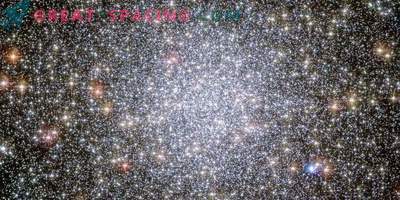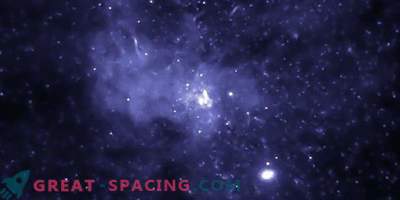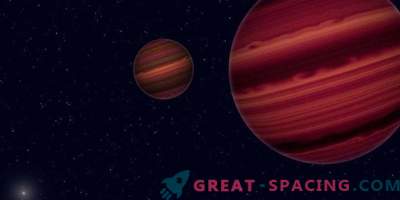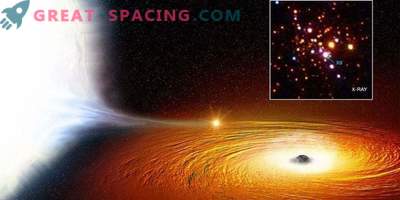
The Hubble telescope captured a white dwarf PM I12506 + 4110E (a bright object displayed black in negative) and its field including two distant stars PM12-MLC1 and 2. Two possible paths followed by the object are shown, one of them passes by a star at close range, which can lead to gravitational lensing. The researchers suggested using such events to calculate the masses of compact objects.
Determining the mass of a celestial body is one of the most difficult tasks in observational astronomy. The most successful method uses binary systems, since the orbital parameters depend on two masses. If we are talking about black holes, neutron stars and white dwarfs (the final evolutionary stages), many of them are isolated and weak objects. As a result, scientists do not know about the massiveness of many of them.
This question is of great importance, because the objects are involved in dramatic events, such as accretion of material, radiation of energy radiation or fusion, which leads to gravitational waves, gamma-ray bursts or Ia-type supernovae. Scientists propose a new method for determining the masses of isolated compact objects - gravitational lensing. The path of the light beam will be bent due to the presence of mass. This effect was calculated in the general theory of relativity. The massive body will function as a lens that distorts the image of the object. All features of the distortion will be based on the mass of the celestial body.
The analysis shows that a close population of compact objects contains about 250 neutron stars, 5 black holes and about 35,000 white dwarfs suitable for further research. With information on the general motion of white dwarfs, one can get a statistical estimate of 30–50 lensing events per decade of observation by Hubble, Gaia, and the JWST telescope.
Further it is planned to use current stellar studies, such as Gaia, to clarify the positions and movements of the bodies. This will predict exactly how to track objects for lensing.









































